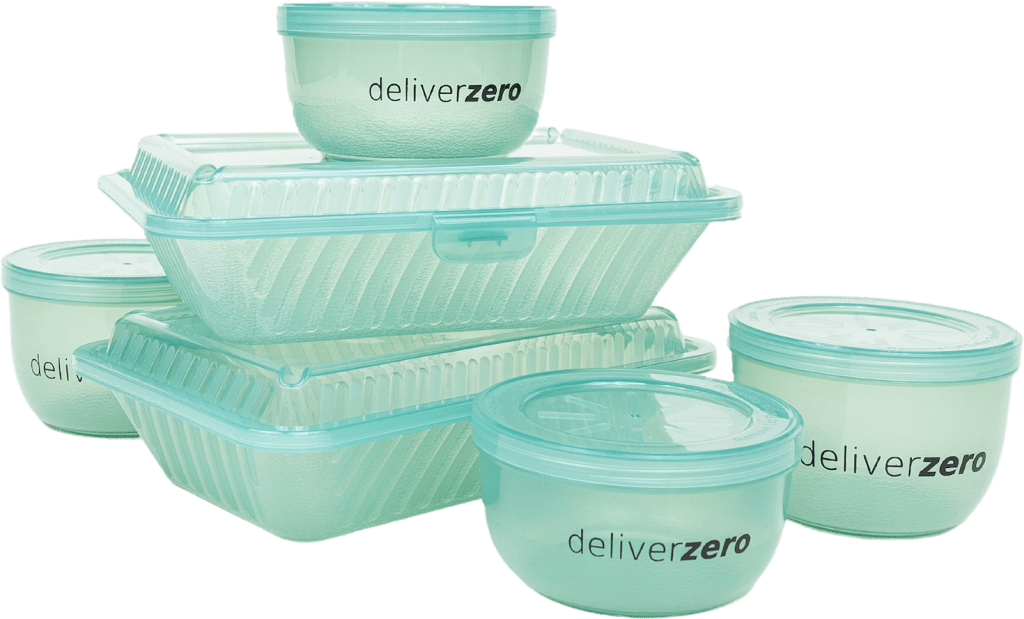Joe had always shown up for our local meetup of sustainability professionals. He volunteered for panels, served on committees and never missed a gathering. One night after a networking event, we were chatting as we stacked chairs and he said, “Man, I really needed this tonight. It’s been so hard since I got laid off.” I was shocked — wasn’t a job search something he should’ve mentioned during the networking hour?
He didn’t see it that way. He had shown up that evening to spend time with friends, and he didn’t want them to think that he was using them to get a job. I gently reminded him that we would all be thrilled to help him, and with his permission I spread the word that he was looking. Dozens of people reached out with leads, introductions and referrals, and within two months he started a new job working with one of our members.
As a job search coach, I hear stories like this every day. In the age of online applications and AI-generated cover letters, some job seekers can go weeks without talking to an actual person. We’re all so busy and distracted that many of us have forgotten what our communities can do for us. People such as Joe are so focused on the joy of belonging that they don’t tap into the group’s collective knowledge and extended network. Others are so out of practice with connection that they don’t think to reach out to their communities when they’re job searching and miss out on both emotional support and professional opportunities.
One study found that loneliness can be a significant contributing factor to unemployment, so your job search can get a boost from the mental and physical benefits of joining virtually any community; however, professionally focused ones can take you even further. They allow you to benefit from the knowledge and experience of the collective group to help you build your skills, improve your job search approach, discover opportunities and secure referrals.
Getting started
Here’s how you can do your part to be an active, engaged member in a community:
- Sign up for the newsletter and actually read it
- Show up to online forums, webinars and in-person events
- Say yes to requests for volunteers, outreach support or donations
- Share your knowledge, your time and your stories. Mentor someone, contribute to discussions and participate on panels
- Support community leaders because many communities are run by volunteers with shoestring budgets
Whether your goal is to boost your job search or improve your mental health, finding a group of people that you’ll enjoy digging deep with is a necessity. Below are several examples of communities that can support you in your journey.
Training and job search communities
- Climatebase: Mobilizing talent for a climate-positive world.
- MCJ Collective: Tech and industry leaders who are building, working for or advising on solutions to address the impacts of climate change.
- OnePointFive Academy: Helping individuals and organizations build key technical skills to drive change and succeed in the green economy.
- #OpenDoorClimate: A community of climate professionals making themselves available to chat with climate career seekers.
- Terra.do: Getting 100 million people to work directly on climate in this decade.
- Voiz Academy: Launching climate careers from an ecosystem of training, community and job search support.
- Work On Climate: Making climate work mainstream.
Professional networking communities
- inClimate: A curated community of climate professionals, founders and investors across Europe and beyond.
- The International Society of Sustainability Professionals: Providing the community, training and tools needed to create sustainable change.
- Net Impact: Inspiring and equipping emerging leaders to build a more just and sustainable world.
- Reconsidered Change Hub: Supporting sustainable business professionals with both the “what” and the “how” of becoming a more effective agent of positive change.
- The Trellis Network: Exclusive in-person and virtual meetings with open, candid discussions put on by the company behind this website.
- There are also dozens of professional networks supporting specialist areas such as green buildings or sustainable finance.
Climate advocacy communities
- Citizens’ Climate Lobby: Empowering everyday people to work together on climate policy.
- Climate Reality Project: Advocating for action at the local, state and federal levels.
- ClimateVoice: Mobilizing the voice of the workforce to urge companies to go “all in” on climate policy.
- The Sierra Club: Amplifying the power of millions of members and supporters to defend everyone’s right to a healthy world.
- Soapbox Project: Creating joyful community spaces to heal our climate anxiety and loneliness through connection, learning and action.
Local, personal and lifestyle communities
Most of the above organizations are nationwide and some are even global. Don’t forget to look in your own backyard for the people who care about the same things that you do.
- Green Drinks: An organic, self-organizing network of local groups hosting informal monthly meetups.
- Local chapters of sports groups such as the Road Runners Club of America or the Global Pickleball Network or groups that get people into nature such as the Sierra Club.
- Your city, county, or state’s sustainable business networks or green business programs.
- Your school’s alumni association.
The post Looking for a job? Find your community first appeared first on Trellis.


